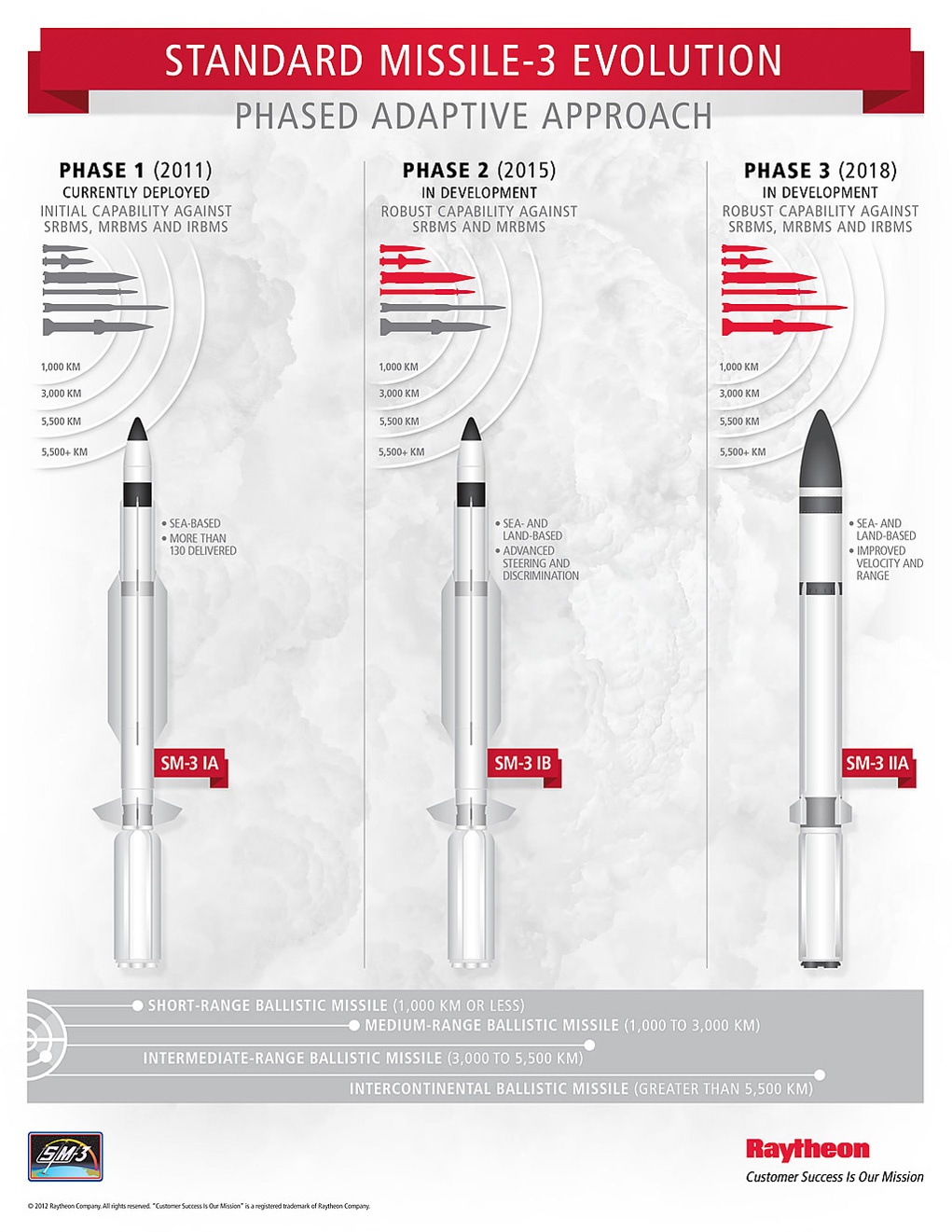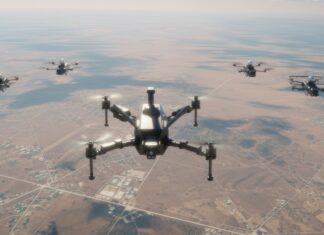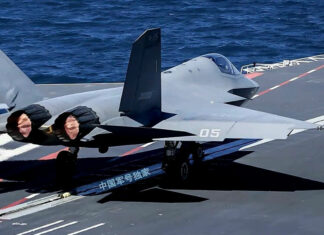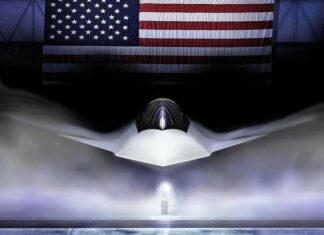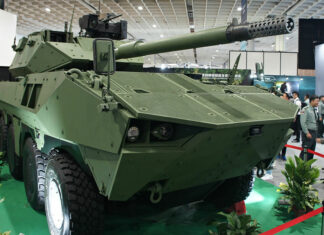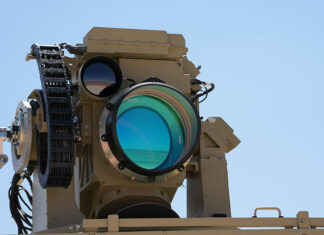

The United States and Japan have conducted the first flight test of a new version of the Standard Missile-3 (SM-3 Block IIA).
This new missile interceptor is designed to extend the reach of current AEGIS Ballistic Missile defense systems deployed on naval ships and ashore. It is being developed jointly by the two countries at a combined cost of $2 billion. When deployed, the new missile will extend the defensive capability of AEGIS BMD systems to intercept intermediate-range ballistic missiles (missiles capable of attacking targets at ranges of up to 5,500 km.). The current SM-3 Block IB can only engage short- and medium-range ballistic missiles (with attack ranges of up to 3,000 km.).
Saturday’s test evaluated the performance of the missile’s nose cone, steering control, booster separation, and the performance of second- and third-stage propulsion. “The success of this test keeps the program on track for a 2018 deployment at sea and ashore,” said Taylor Lawrence, president of Raytheon’s missile systems section.
The flight test, from the Point Mugu Sea Range, San Nicolas Island, California, was performed by The Technical Research and Development Institute (TRDI), Japan’s Ministry of Defense (MOD), and the U.S. Missile Defense Agency (MDA), in cooperation with the U.S. Navy.
